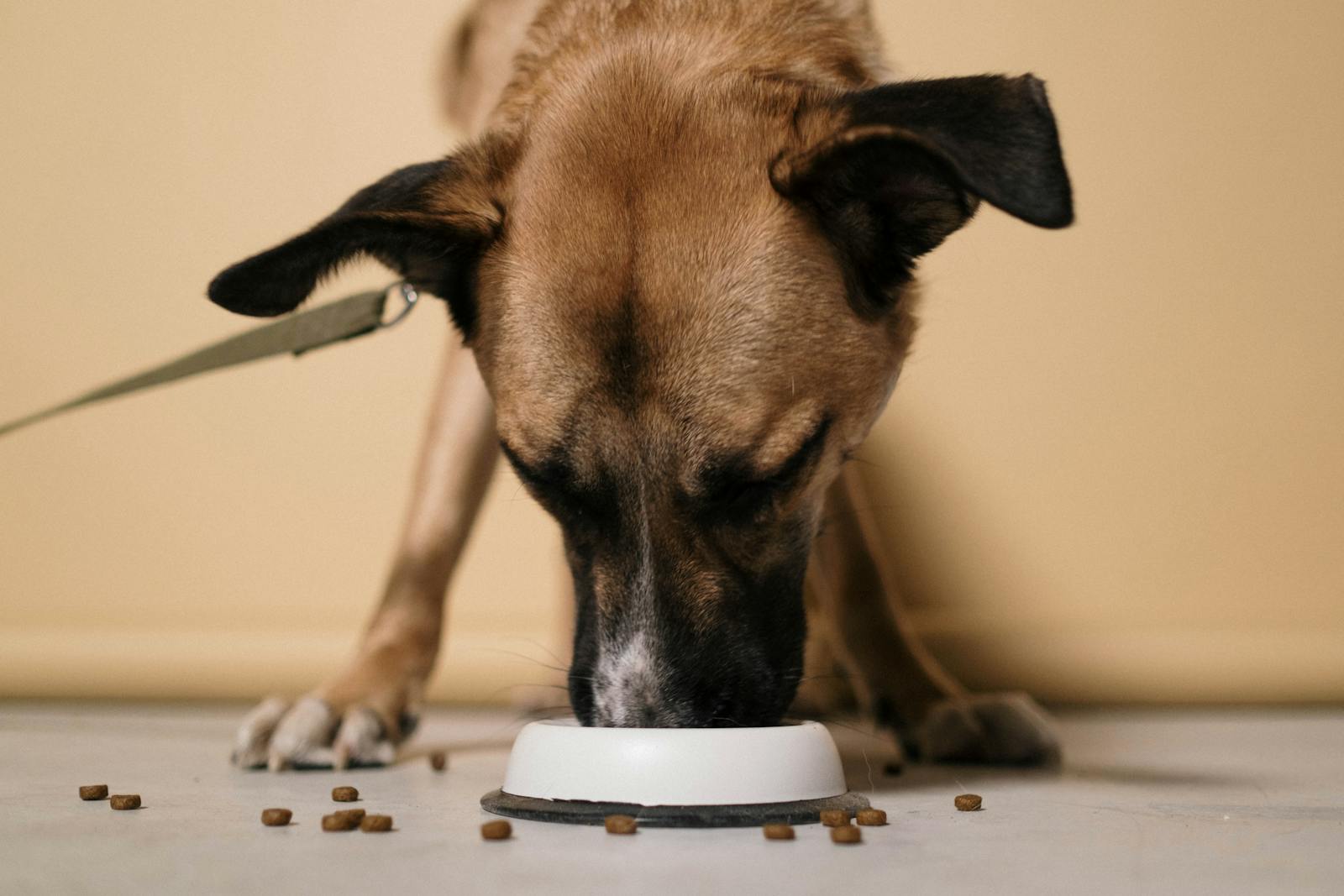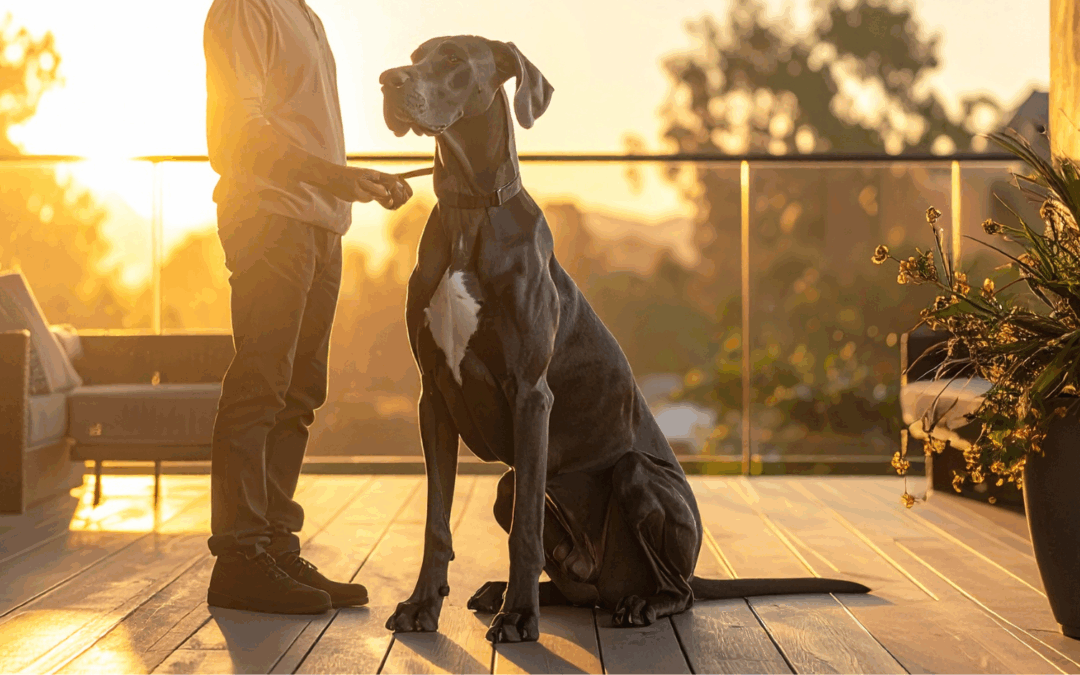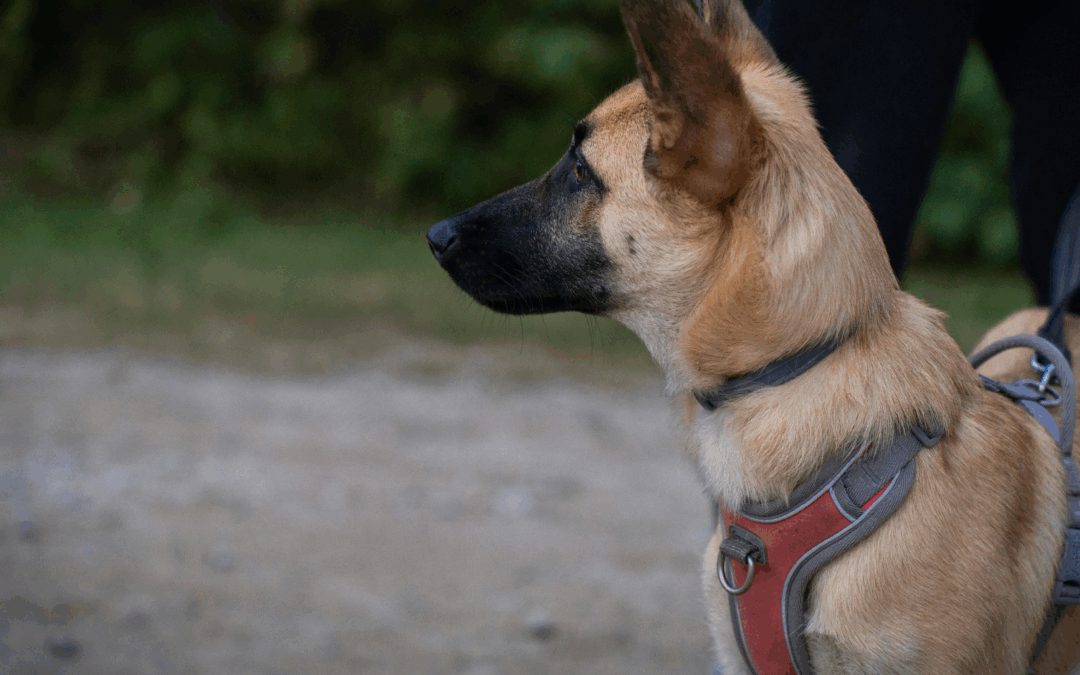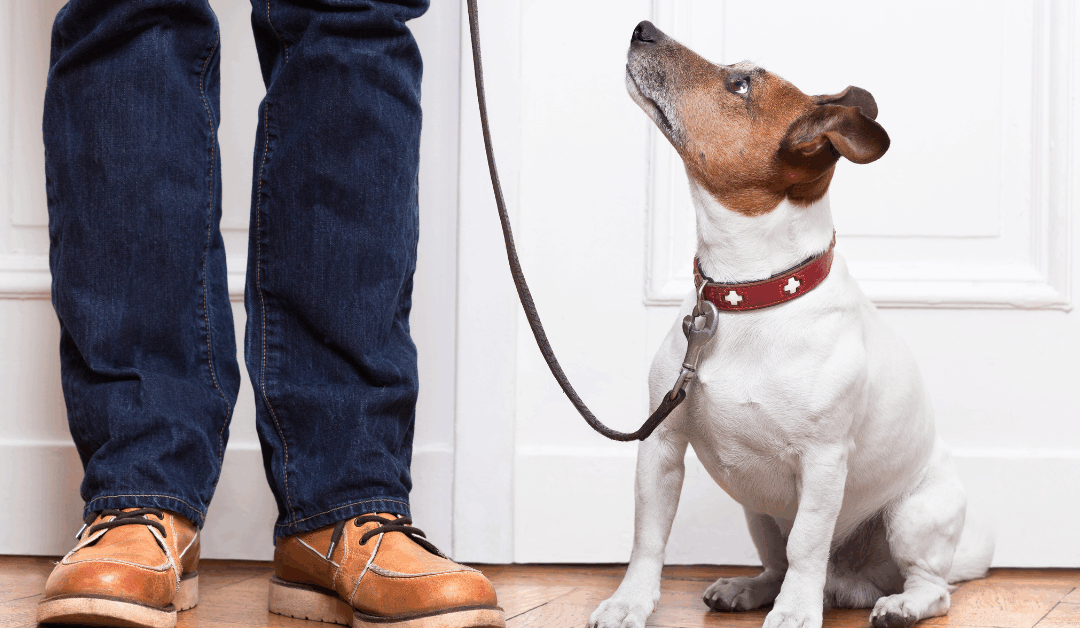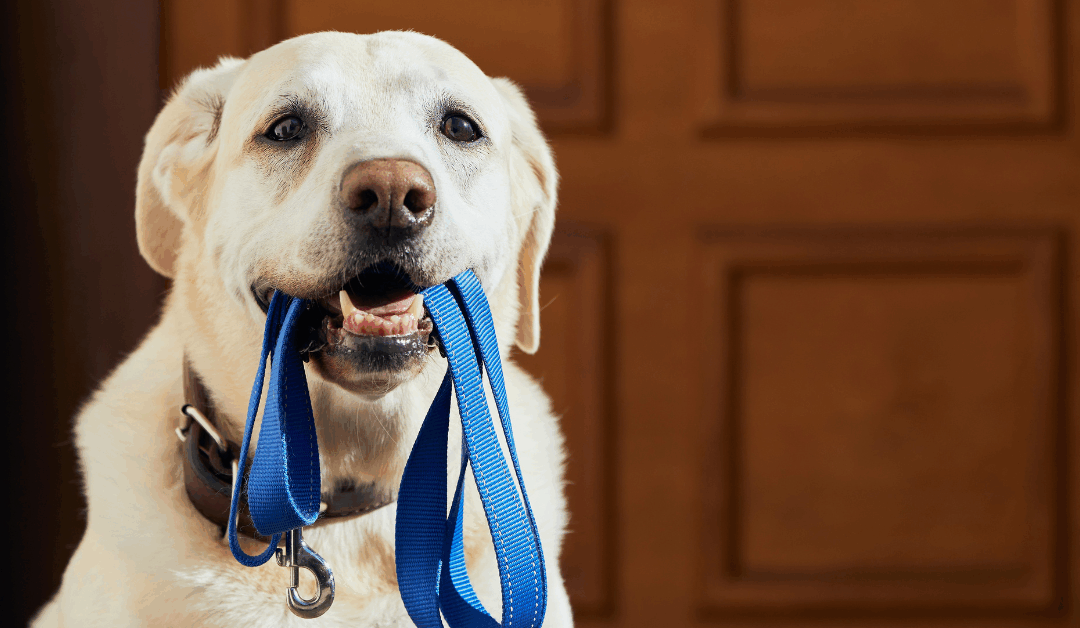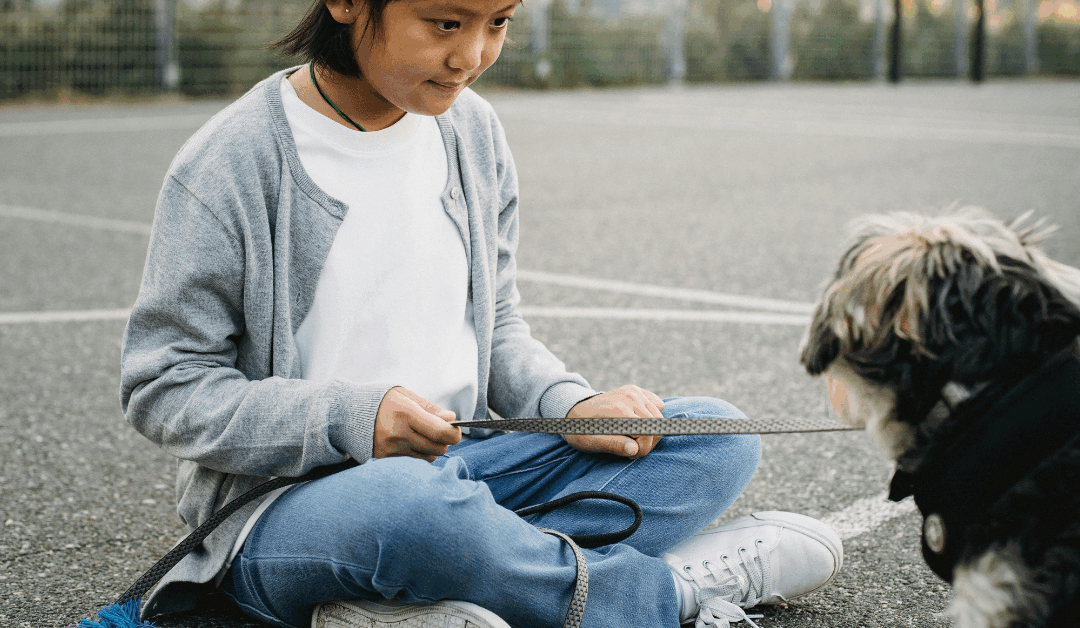Does your dog turn into a completely different animal when someone approaches their food bowl? Resource guarding is one of the most misunderstood dog behaviors, yet it affects countless households. This protective behavior can escalate quickly if left unaddressed, potentially putting both humans and other pets at risk.
Resource guarding occurs when dogs become possessive over items they perceive as valuable—food, toys, sleeping spots, or even their favorite human. While this behavior stems from natural survival instincts, it can create dangerous situations in modern homes. The good news? With proper understanding and consistent training techniques, most resource guarding issues can be successfully managed.
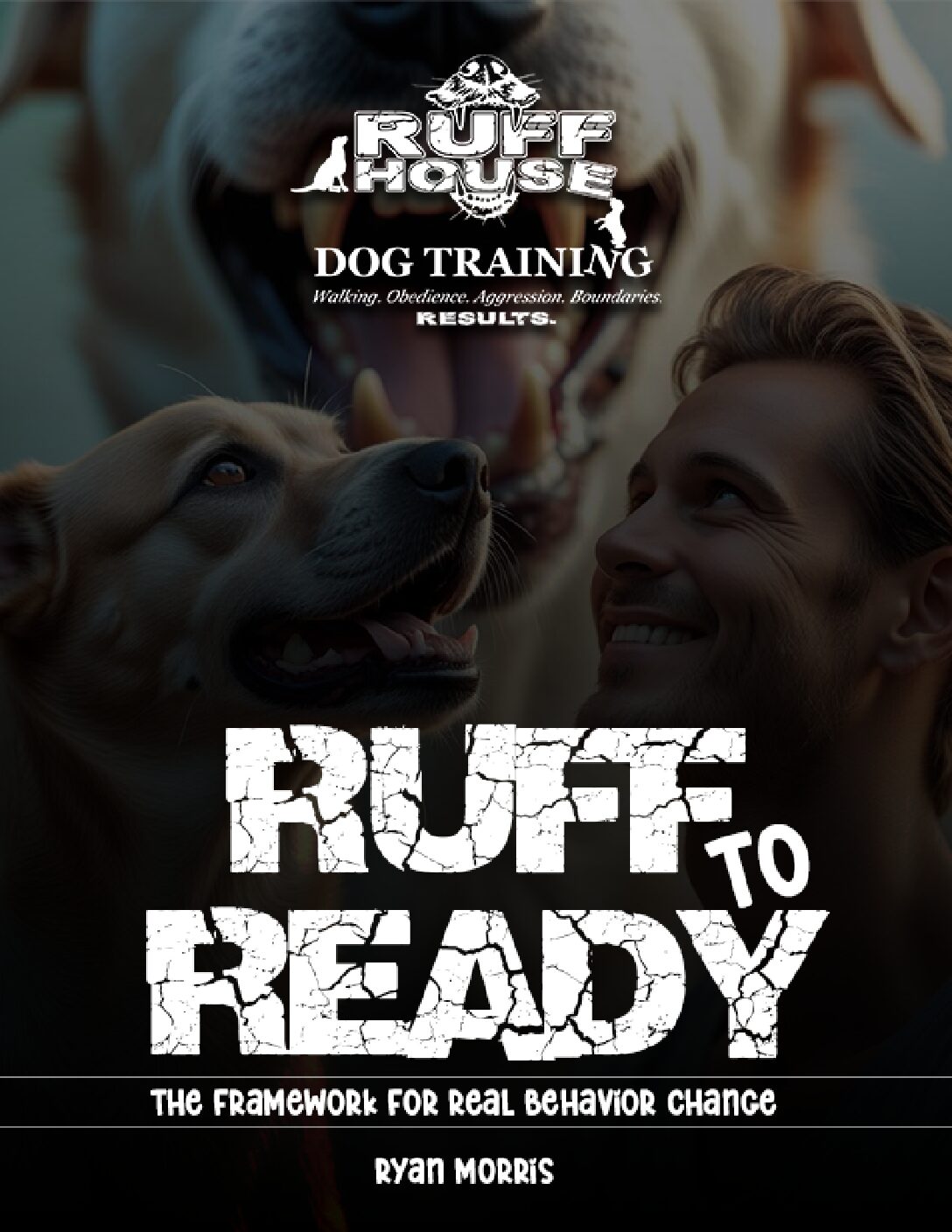
Unlock Real Behavior Change – Download Your Free Guide Now
"*" indicates required fields
This comprehensive guide will help you recognize the early warning signs, understand why dogs guard resources, and implement proven strategies to address this challenging behavior. Whether you’re dealing with a puppy showing early signs or an adult dog with established guarding patterns, you’ll learn practical techniques to restore peace to your household.
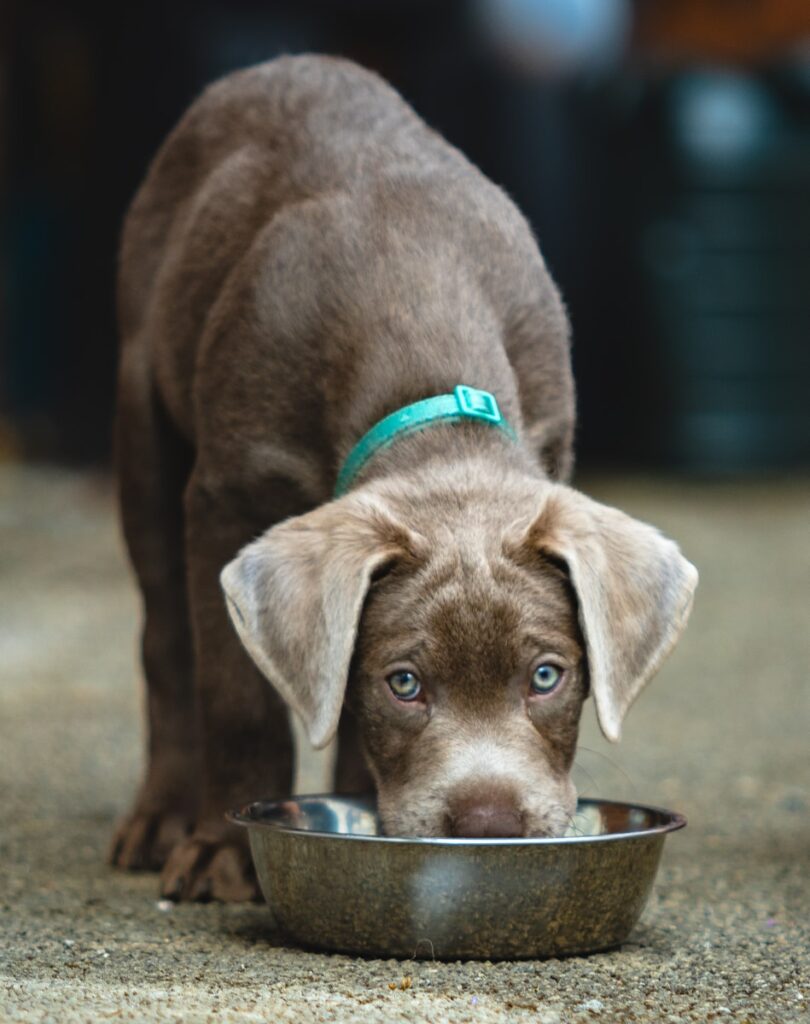
Photo by Michael Starkie on Unsplash
Understanding Resource Guarding Behavior
Resource guarding represents a dog’s attempt to protect valuable items from perceived threats. This behavior exists on a spectrum, ranging from subtle body language changes to aggressive displays involving growling, snapping, or biting.
Dogs may guard various high-value items, including food bowls, favorite toys, chew bones like bully sticks, comfortable resting spots, and even specific family members. The intensity of guarding behavior often correlates with how valuable the dog perceives the resource to be.
Common triggers include:
- Approaching the food dish during meals
- Reaching toward a dog’s favorite toy
- Moving too close when they’re enjoying a special treat
- Attempting to remove items from their mouth
- Disturbing them in their preferred sleeping areas
Understanding that resource guarding stems from natural survival instincts helps explain why this behavior appears across all breeds and backgrounds. Feral dogs and wild canines must protect their resources to survive, and domestic dogs retain these protective drives despite living in secure environments.
Dog Behavior Warning Signs to Watch For
Early detection of resource guarding allows for more effective intervention. Many dog owners miss subtle warning signs until the behavior escalates to more obvious displays of aggression.
Mild warning signs include:
- Eating faster when people approach
- Positioning their body between you and the resource
- Stiffening or freezing when you move closer
- Avoiding eye contact while guarding
- Quickly grabbing items and moving away
Moderate signs involve:
- Low growling over food or toys
- Showing teeth without lunging
- Blocking access to resources with their body
- Carrying items to secluded areas
- Becoming possessive over specific locations
Severe signs require immediate attention:
- Lunging toward people approaching resources
- Snapping or air-biting as warnings
- Making contact during aggressive displays
- Guarding multiple types of resources
- Escalating intensity over time
Pay particular attention to your dog’s body language during meal times and when they’re enjoying special treats. Tense muscles, whale eye (showing the whites of their eyes), and raised hackles often precede more obvious warning behaviors.
Why Dogs Develop Resource Guarding Behaviors
Multiple factors contribute to resource guarding development, and understanding these causes helps inform treatment approaches.
Early life experiences play a crucial role. Puppies from large litters may develop competitive eating habits that persist into adulthood. Dogs rescued from environments where food was scarce often maintain protective behaviors long after their circumstances improve.
Genetics and breed tendencies influence guarding behaviors. Some breeds were selectively bred for protective instincts, making them more prone to resource guarding. However, any dog can develop these behaviors regardless of breeding.
Learned behaviors also contribute significantly. Dogs quickly learn that aggressive displays effectively keep other dogs away from valued items. If guarding successfully protects resources, the behavior becomes stronger.
Environmental factors in multi-dog households can trigger competitive behaviors. When one dog tries to compete for attention, food, or preferred resting spots, resource guarding may emerge as a survival strategy.
Medical issues occasionally contribute to increased guarding behaviors. Pain, cognitive changes in senior dogs, and certain medical conditions can make dogs more protective of resources they associate with comfort.
How To Prevent Resource Guarding for Puppies and Adult Dogs
Prevention proves far more effective than addressing established guarding behaviors. Early intervention strategies help dogs develop healthy relationships with resources and humans.
Puppy Prevention Techniques
Start prevention efforts immediately with young puppies. Hand-feed meals occasionally to create positive associations between human hands and food. Practice the “trade” command by offering something better in exchange for items they’re holding.
Handle your puppy frequently during meal times without removing their food. Simply approach, touch gently, and walk away without taking anything. This teaches them that a human approach doesn’t mean resource loss.
Provide multiple feeding stations in multi-dog households to reduce competition. Each dog should have their own food dish, water bowl, and comfortable eating space where they won’t feel pressured by other animals.
Adult Dog Strategies
Adult dogs require more gradual approaches to prevent guarding behaviors from developing. Never punish warning signs like growling—these communications help prevent more serious incidents.
Create positive associations by approaching your dog during meals and dropping tasty treats into their bowl. This teaches them that a human approach means good things happen rather than resource removal.
Practice impulse control exercises using high-value treats. Teach your dog to “wait” before eating and “drop” items on command using balanced reinforcement techniques rather than confrontational methods.
Treatment Approaches To Stop Resource Guarding Issues
Addressing established resource guarding requires patience, consistency, and often professional guidance. The goal involves changing your dog’s emotional response to a human approach rather than simply suppressing warning behaviors.
Management Strategies
Begin with management techniques that prevent rehearsal of guarding behaviors while you implement training protocols. Feed dogs in separate rooms to eliminate competition and reduce stress during meal times.
Remove particularly problematic items temporarily while working on training. If your dog guards specific toys or chew items, limit access until you can address the underlying behavior through systematic desensitization.
Supervise interactions between your dog and other animals or family members around resources. Prevention of incidents protects everyone’s safety while you work on behavior modification.

How Ruff House Dog Training Addresses Resource Guarding
At Ruff House Dog Training, we utilize balanced reinforcement training methods to address food aggression and resource guarding effectively. Balanced reinforcement training is a comprehensive approach that incorporates both positive reinforcement and appropriate corrective techniques to shape a dog’s behavior.
This methodology is rooted in understanding the dog’s emotional and psychological state while fostering a structured and supportive training environment.
When dealing with resource guarding, positive reinforcement is initially used to encourage desired behaviors, such as willingly releasing an item or remaining calm around food. Rewards such as treats, praise, or playtime are given to reinforce these behaviors, helping the dog associate positive outcomes with cooperation. At the same time, balanced reinforcement involves gentle corrections or redirection when necessary t
o discourage undesirable actions, like growling or lunging. These corrections are always applied in a fair and non-threatening way to ensure the dog remains receptive to learning.
Our trainers at Ruff House focus on building trust and communication between the dog and its family. We teach owners how to interpret their dog’s body language and establish clear boundaries to create a safe, respectful environment. By using balanced reinforcement, we address the root causes of possessive behaviors while ensuring the training process is humane and effective. This approach not only helps dogs overcome resource guarding but also strengthens the bond they share with their families.
Ruff To Ready Online Course by Ryan – A Training Solution Tailored for You
If you’re looking for a convenient and effective way to address your dog’s training needs, Ruff House Dog Training’s owner Ryan, has created the perfect solution—Ruff To Ready, an online video training course designed to help you and your dog succeed. This video course is ideal for busy dog owners who want professional guidance from the comfort of their own home. Covering a range of essential behaviors and common challenges, Ruff To Ready provides step-by-step instructions, video demonstrations, and expert tips to guide you through the training process.
By enrolling in this course, you’ll gain access to Ryan’s proven methods that have helped countless families build trust and improve communication with their dogs. The course is structured to allow you to work at your own pace, making it easier to achieve long-lasting results. Whether you’re dealing with resource guarding, obedience training, or simply looking to strengthen your relationship with your dog, Ruff To Ready is a valuable resource. Learn more about how this dynamic course can transform your dog’s behavior by visiting Ruff To Ready.
While you’re checking out the video course, dont forget to grab your free e-book ‘Ruff To Ready’, where the owner and head trainer, Ryan, gives you the proven structure, strategies, and mindset shifts used to turn chaos into calm.
Top Products to Help Ease Resource Guarding Behaviors in Dogs
Addressing resource guarding in dogs often involves providing them with tools and toys that encourage positive behavior and reduce stress. Here are just a few highly recommended products, along with their brands:
- KONG Classic Dog Toy (KONG)
Known for its durability, the KONG Classic can be filled with treats, keeping your dog mentally stimulated and engaged while redirecting attention from resource guarding triggers. - Outward Hound Fun Feeder (Outward Hound)
A slow-feeder bowl designed to make meal times a fun and challenging experience, reducing the tendency to guard food. - PetSafe Ricochet Electronic Dog Toys (PetSafe)
This interactive toy pair keeps dogs entertained with engaging sounds and movement, helping to channel their energy into play instead of guarding resources. - Tug-A-Jug Treat Dispenser (PetSafe)
This multifunctional toy dispenses treats while encouraging problem-solving, providing positive reinforcement, and keeping dogs occupied.
These products, combined with consistent training and patience, can be instrumental in helping dogs ease resource-guarding behaviors. Always choose items based on your dog’s unique needs and preferences.
Building Trust and Communication
Resource guarding treatment ultimately focuses on rebuilding trust between dogs and their human families. This process takes time but creates stronger, more positive relationships that benefit everyone involved.
Focus on clear communication through consistent training cues and predictable routines. Dogs thrive when they understand expectations and can predict their environment’s responses to their behaviors.
Remember that setbacks are normal parts of the training process. Consistency and patience during challenging periods ultimately lead to more stable, lasting behavioral changes than quick fixes or confrontational approaches.
Resource guarding represents a manageable behavioral challenge when addressed with appropriate techniques and professional support when needed. With dedication to balanced training methods and proper understanding of your dog’s needs, most families can successfully resolve these issues and restore harmony to their homes.
